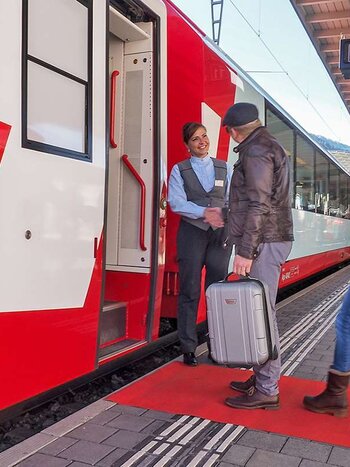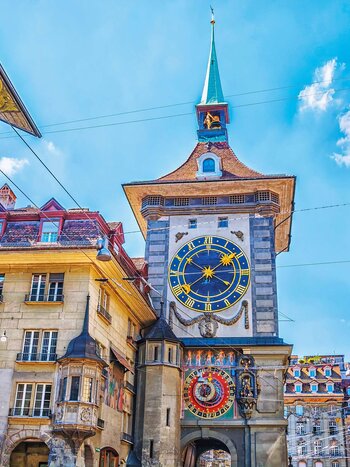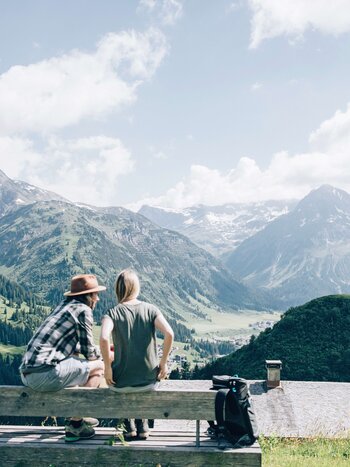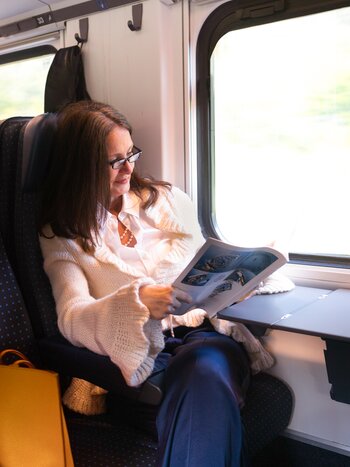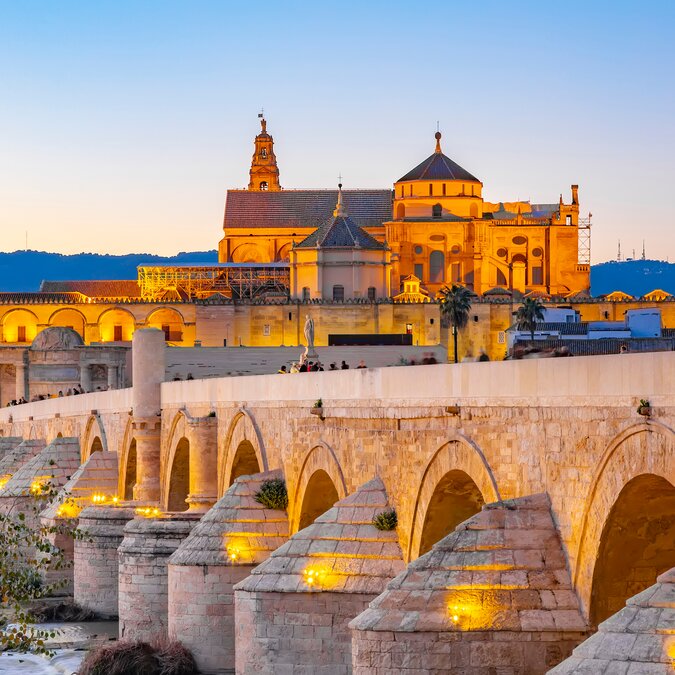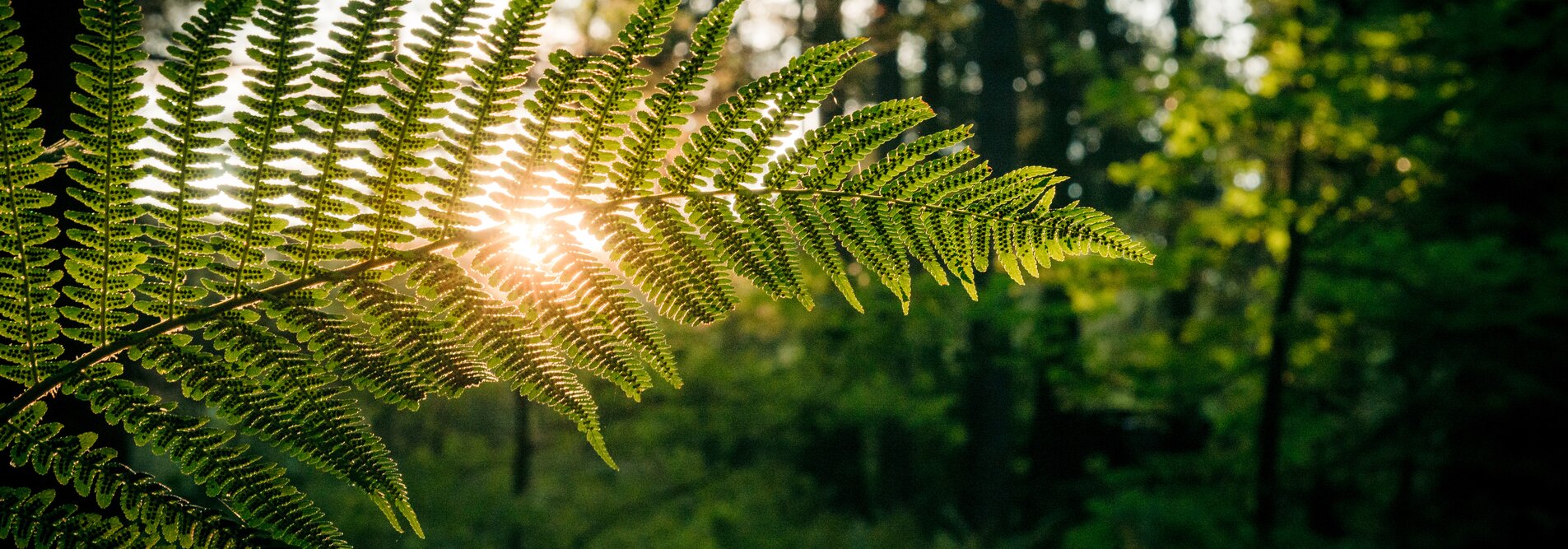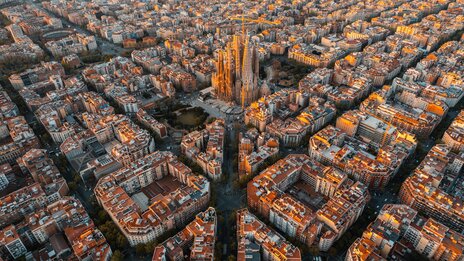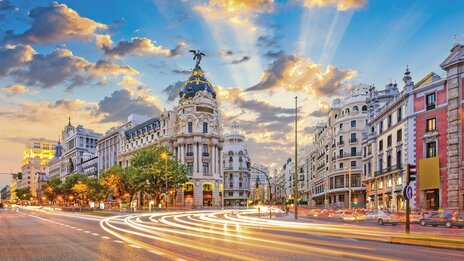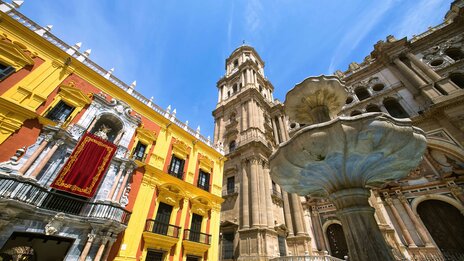Highlights
-
The Mosque-Cathedral of Córdoba (Mezquita-Catedral) is one of the most impressive buildings in the world and a symbol of Andalusia's cultural heritage. Originally built as a mosque in the 8th century, it was once one of the largest and most magnificent Islamic houses of worship in the world. After the reconquest of Córdoba, it was converted into a Christian cathedral in the 13th century.
The unique architecture combines Islamic and Christian elements: Hundreds of red and white horseshoe arches, filigree ornaments and a magnificent Gothic-Baroque chancel create a breathtaking atmosphere. The mosque-cathedral is not only a masterpiece of architecture, but also an impressive testimony to the religious and cultural fusion in the history of Spain.
-
The Jewish quarter of Córdoba (La Judería) is a picturesque historic neighbourhood that reflects the city's rich Jewish history. Situated close to the famous Mezquita Cathedral, the neighbourhood invites you to explore its narrow, cobbled streets, whitewashed houses and beautifully decorated courtyards.
Highlights include the Synagogue of Córdoba, one of the few remaining medieval synagogues in Spain, and the Casa de Sefarad, a museum that sheds light on Jewish culture and tradition. The Jewish quarter is a fascinating place that brings the cultural diversity and historical heritage of Córdoba to life.
-
The Roman Bridge of Córdoba (Puente Romano) is an impressive structure that has characterised the city since ancient times. Originally built in the 1st century BC under Roman rule, the bridge spans the River Guadalquivir and connects the old town with the opposite side.
Its current form dates largely from the Moorish period, when it was extensively renovated. With its 16 arches and the statue of the archangel Rafael, the patron saint of the city, the bridge is a landmark of Córdoba. Especially at night, when it is atmospherically illuminated, it offers a spectacular sight and is a favourite place for walks and photos.


